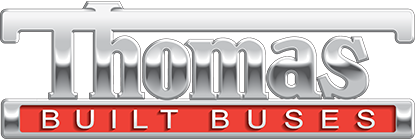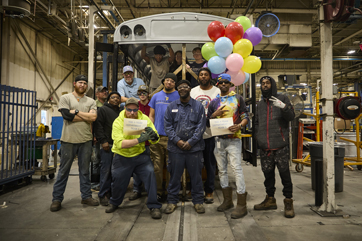
A behind-the-scenes look at our historic celebration and transition of the Type D legacy
It isn’t every day you get to celebrate a major milestone, so we’ve captured the iconic plant transition of our Type D production and commemorated the milestone in a video celebration. Chronicling the final steps of the last Type D bus to roll off the historic assembly line, the video features…
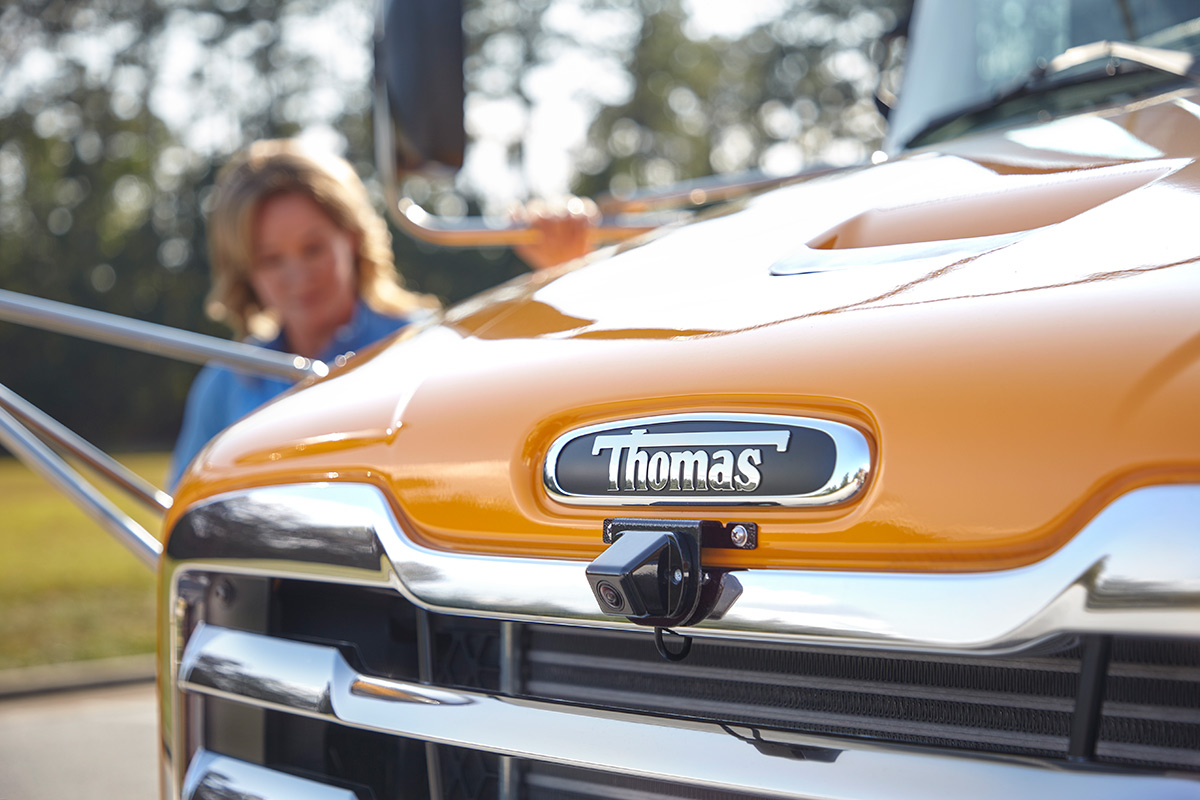
At Thomas Built Buses, we view safety as a journey, not a destination. Safety is at the core of everything we do—from our manufacturing processes to our testing protocols and focus on continuous innovation. It is more than just a feature; it’s an interconnected facet of all our operations.
Let’s look at how this commitment to safety is woven into every phase of our process, from…
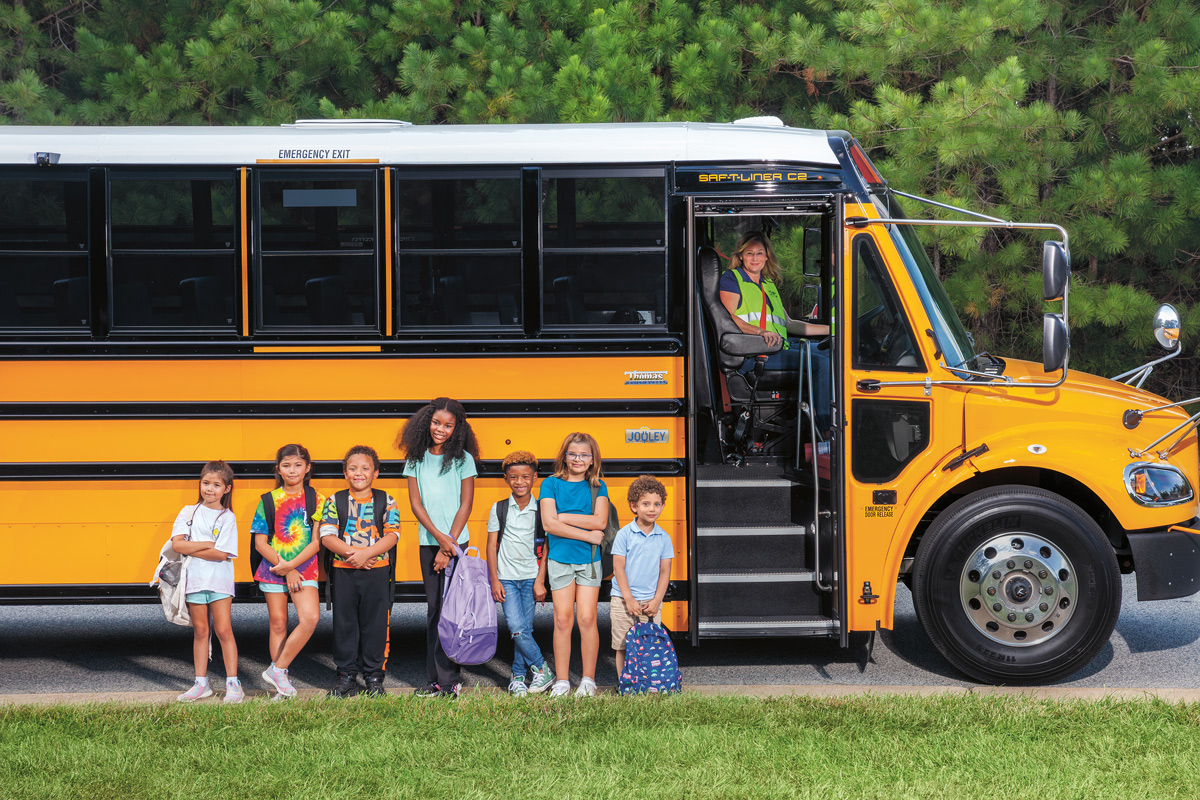
What makes the electric Saf-T-Liner C2 Jouley school bus an excellent vehicle for today and the future? Our free Electric School Bus Curriculum answers this and more.
Today’s students are increasingly interested in electric vehicles and environmentally smart transportation options. This dynamic, professionally designed curriculum provides teachers with tools and lessons to increase…
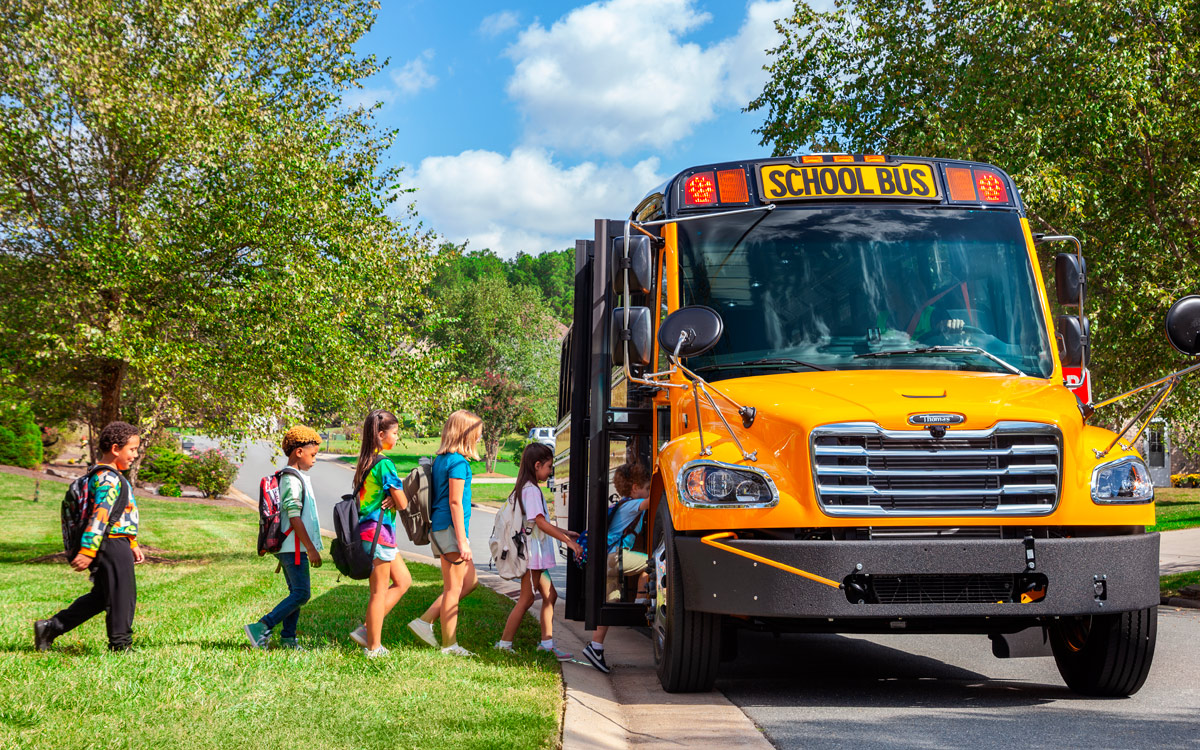
In today’s rapidly evolving industrial landscape, sustainability has become a global focus. But what does that even mean? For Thomas Built Buses, it’s about defining our commitment to our organization, our industry and the communities we serve. While our electric school bus, the Saf-T-Liner® C2 Jouley®, and its many milestones (including the recent delivery of our 1,000th) often come to…
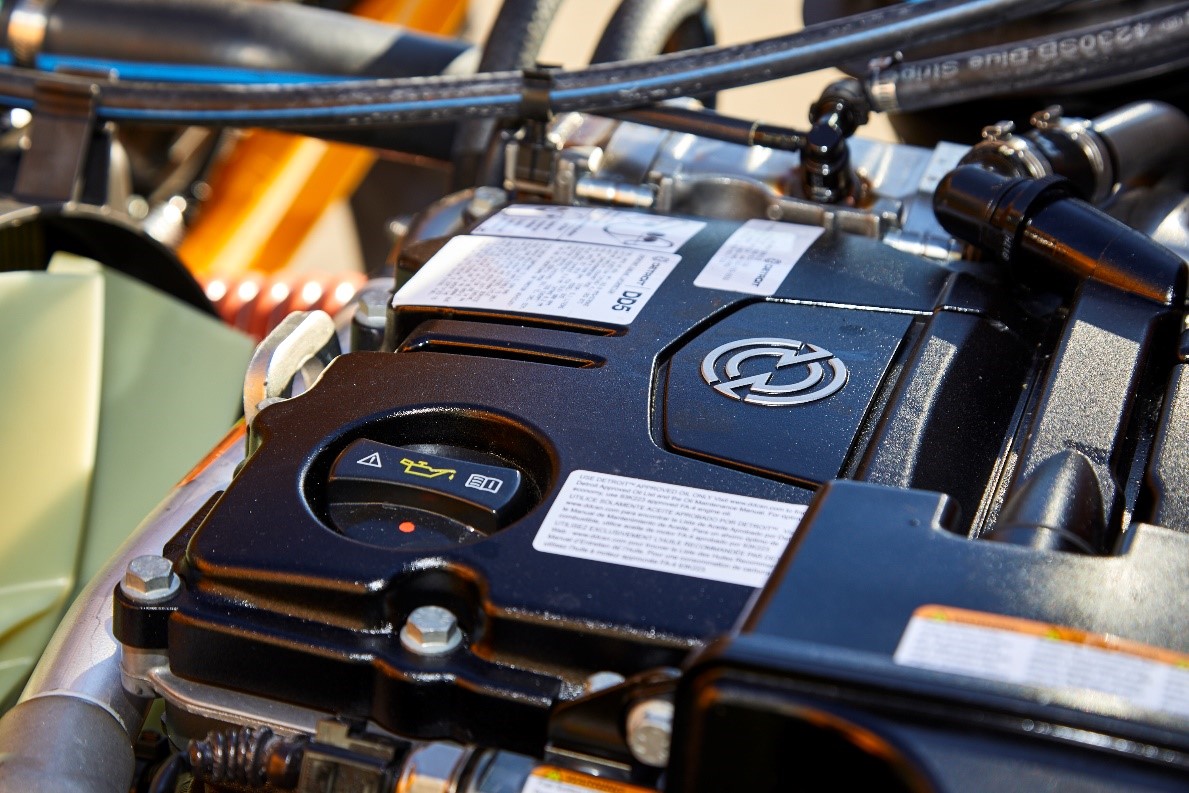
As the new school year nears, now is the time to start thinking about how to optimize your annual budget. And, given the fact that fuel costs represent more than two-thirds of the typical school bus fleet’s annual operating expense, improving the fuel economy of your fleet could save you dividends even if you make only a few tweaks this year.
Key Drivers of Fuel Economy
Driver Behavior – One of the easiest ways to decrease fuel economy in your fleet is through driver training. Surprisingly, drivers can impact fuel economy by as much as 30 percent by making small changes in how they drive. In your driver training, stress avoiding sudden stops, sudden acceleration and excessive idling. To help, you can even enable an idle shutdown feature, which will stop the engine automatically after a set period of idling time. This feature, along with improved driver behavior, will minimize idling and reduce your emission and aftertreatment issues. As a bonus, better driving practices will also result in safer driver practices – a win/win all around.
Tires – Keeping your tires properly maintained is crucial to increasing the fuel economy of your fleet. While fuel-efficient tires, commonly used for commercial trucking applications, aren’t viable for school buses, you can still increase your fuel economy by keeping your tires properly inflated and your axles aligned. Under-inflated tires reduce your fuel economy and misaligned axles not only decrease your fuel efficiency but also reduces the life of your tires. Plus, consider ribbed drive axle tires, which provide better fuel economy than lugged tires.
Lubricants — When possible, use of synthetic lubricant in your axles and transmissions. Since engine oils can affect fuel consumption, choose synthetic options that are more efficient and flow better at lower temperatures.
Consider Fuel Economy When Spec’ing Your Next Bus – Did you know a school bus can be spec’d in thousands of different ways? There are literally hundreds of different features that will influence the safety, performance and efficiency of a new school bus. And even some seemingly inconsequential specs can have major impacts in your fleet. For example, if you live in a colder climate, spec’ing a heated driver seat will actually cause drivers to start their routes sooner, thereby decreasing idle time during bus warmup, which will improve your overall fuel economy.
Spec’ing is a personal endeavor unique to your fleet, but there are some considerations that will decrease fuel economy across the board.
- Engine – When spec’ing a new bus, choose a fuel-efficient engine and an efficient fuel. What you may not know is that clean-diesel is the most fuel-efficient fuel in the industry – providing nearly twice the mileage on a single tank of fuel than any other fuel type. In fact, diesel has always been and remains the most fuel-efficient engine (due to more BTUs), providing nearly 50 percent better fuel economy and a longer operating range than any other similar-sized gasoline, propane or compressed natural gas (CNG) engines.
Within the diesel engine family, the new Detroit™ DD5™ and DD8™ engines are providing districts with best-in-class fuel economy. Districts today are seeing at least a three percent improvement in fuel economy compared with other diesel engines in the category. Spread that efficiency over about 12,000 miles driven per year, and a three percent improvement in fuel savings really add up.
- Automatic transmission— With new advancements in transmission technologies, consider spec’ing a transmission that provides you will fuel economy savings like the Allison Transmission’s FuelSense® technology, which is standard on all Thomas Built Saf-T-Liner® C2 school buses with a Cummins engine. This state-of-the-art software and electronic controls package enable drivers to maintain optimal engine speed, better manage shift points and improve performance while maximizing fuel savings. For even more fuel savings, you can upgrade to FuelSense Plus™ or FuelSense Max™, adding up to 10 percent more in fuel savings.
As you can see, there are numerous ways to improve your fuel economy this year from making tiny adjustments in driver behavior to spec’ing your new school buses with fuel economy in mind. But there is no one-size-fits-all model for any two fleets, so be sure to talk one-on-one with your local dealer on how you can further optimize the fuel economy of your fleet.
